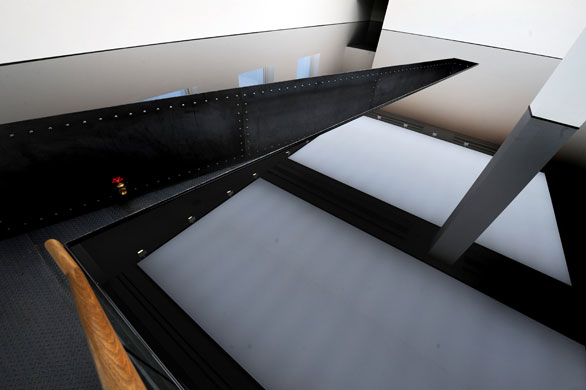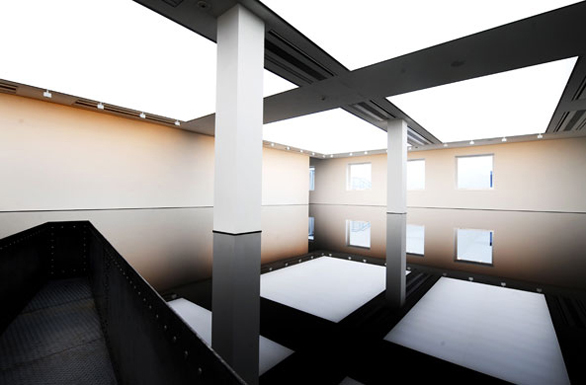“What is special in the case of conditional experience is, I think, what I sometimes call the
introspective quality of seeing: you see whatever you’re looking at, but you also see the
way you’re seeing… your experience of the thing is integrated as part of the thing itself.”
Olafur Eliasson
 ‘untitled’
‘untitled’
lambda print on diabond
60″ x 40″
2010
 ‘untitled’
‘untitled’
giclee on aluminium
16.4″ x 23.4″
2010
 ‘untitled’
‘untitled’
lambda print on diabond
60″ x 40″
2010
 ‘untitled’
‘untitled’
giclee on aluminium
16.4″ x 23.4″
2010
 ‘untitled’
‘untitled’
giclee on aluminium
16.4″ x 23.4″
2010
 ‘untitled’
‘untitled’
lambda print on diabond
60″ x 40″
2010
I am intrigued by the quality that is photographic, and by how the photographic process affects the looking. I explore the photograph, as object, as image, as representation, as illusion, as statement; its physicality, surface, matter and suggestion. A photograph is something you might imagine you can enter into, but it is a surface and pushes you back. Uncertainty interests me. I like not knowing, and the understanding held within that unknowing. I am interested in the possibility of a quality of silence and internal conversation when you encounter artworks.
This body of work presents a sustained investigation of light; light that has no material substance and is illusory. This investigation focuses on the immaterial; through it I observe how light molds and moves, light defining the planes, how our reading of a subject can be altered by its interaction with light – sometimes dramatically. Inquiry is what I am presenting, an opportunity to bring the viewer into the inquiry. To find an answer was never my intention. [extract : ‘document’ series description]













